Wellington we have liftoff | NASA astronaut visits Prep School
10 Oct 2018
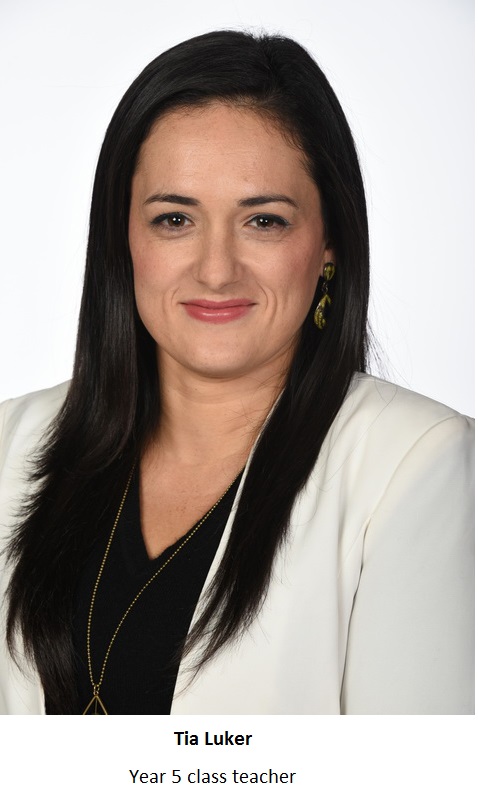 If you happened to see me around three weeks ago, you might have noticed that I was ‘geeking out’! That was because all of us in the Prep School were preparing for the arrival of a very special visitor: NASA astronaut and the second professional teacher to go into outer space, Barbara Morgan.
If you happened to see me around three weeks ago, you might have noticed that I was ‘geeking out’! That was because all of us in the Prep School were preparing for the arrival of a very special visitor: NASA astronaut and the second professional teacher to go into outer space, Barbara Morgan.
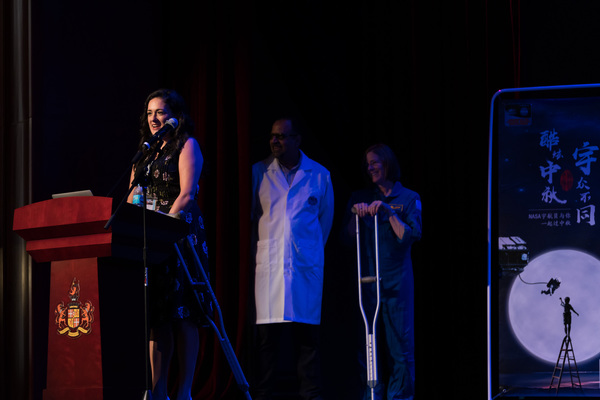 Barbara was invited to come and lead a lesson about her experiences in space by one of Wellington’s many academy organisers, Mad Science. Amazingly for us, despite having broken her leg just before she was due to fly over to China, Barbara still got on the plane to come see us. This was hugely fortunate for the children and teachers who attended, because in just under an hour she managed to bring to life the realities and practicalities of being in space.
Before we dive into her lesson and the pupils’ reactions to it, here’s a little background on Barbara Morgan.
Barbara Morgan: Teacher in space
Barbara was invited to come and lead a lesson about her experiences in space by one of Wellington’s many academy organisers, Mad Science. Amazingly for us, despite having broken her leg just before she was due to fly over to China, Barbara still got on the plane to come see us. This was hugely fortunate for the children and teachers who attended, because in just under an hour she managed to bring to life the realities and practicalities of being in space.
Before we dive into her lesson and the pupils’ reactions to it, here’s a little background on Barbara Morgan.
Barbara Morgan: Teacher in space
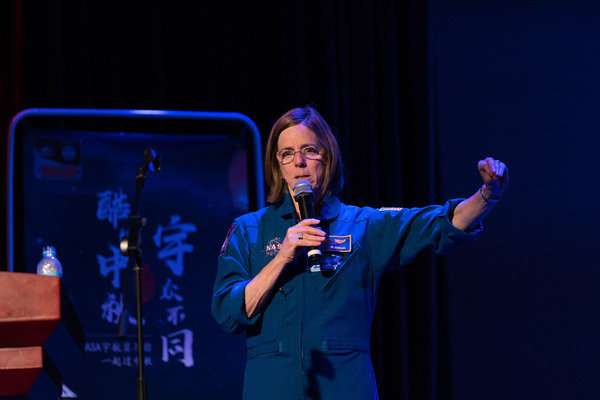 In 1984, US President Ronald Regan announced the Teacher in Space Program (TISP) which was designed to create a unique learning opportunity whereby a professional teacher would conduct live teaching sessions from the space shuttle, Challenger.
Out of around 40,000 applicants from all over the United States, a teacher named Sharon Christa McAuliffe was chosen for the mission and Barbara Morgan was picked as her backup. Tragically, on January 28, 1986, the Challenger shuttle exploded shortly after launch, claiming the lives of the entire crew, putting the TISP programme on hold for many years.
However, in the interim, Barbara received the necessary training to become a full NASA mission specialist. She realised her dream of journeying to space in 2007 under the new Educator Mission Specialist Program. On her mission, Barbara spent a total of 13 days orbiting the Earth, where she witnessed 17 sunrises and sunsets every 24 hours.
Taking the Prep School pupils to space
As you might expect from a professional educator with an incredible life story to tell, Barbara’s interactive lesson was nothing short of spellbinding. Held in the College Theatre with over 300 pupils from years 3, 4 and 5, as well as their teachers, it still had the intimacy of a classroom discussion.
In 1984, US President Ronald Regan announced the Teacher in Space Program (TISP) which was designed to create a unique learning opportunity whereby a professional teacher would conduct live teaching sessions from the space shuttle, Challenger.
Out of around 40,000 applicants from all over the United States, a teacher named Sharon Christa McAuliffe was chosen for the mission and Barbara Morgan was picked as her backup. Tragically, on January 28, 1986, the Challenger shuttle exploded shortly after launch, claiming the lives of the entire crew, putting the TISP programme on hold for many years.
However, in the interim, Barbara received the necessary training to become a full NASA mission specialist. She realised her dream of journeying to space in 2007 under the new Educator Mission Specialist Program. On her mission, Barbara spent a total of 13 days orbiting the Earth, where she witnessed 17 sunrises and sunsets every 24 hours.
Taking the Prep School pupils to space
As you might expect from a professional educator with an incredible life story to tell, Barbara’s interactive lesson was nothing short of spellbinding. Held in the College Theatre with over 300 pupils from years 3, 4 and 5, as well as their teachers, it still had the intimacy of a classroom discussion.
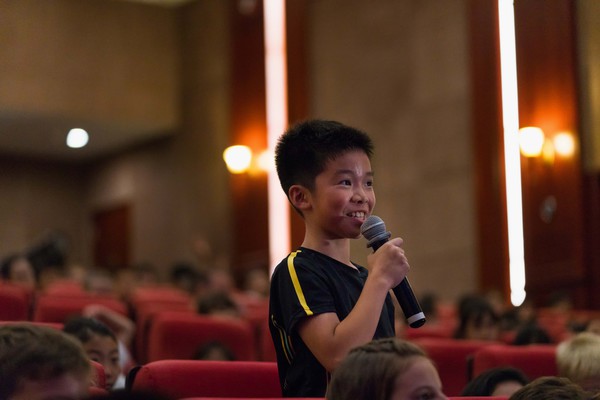 Through a series of videos and explanations, followed by a pupil-led Q&A session, Barbara took us all on a guided tour of what it feels like to leave Earth’s atmosphere and explore space. At each step, she helped the pupils feel like they were actually going on the trip with her. For example, during the video of her actual launch she had everyone count down with her and continued to bring a sense of excitement to every part of the journey. It was more of a reliving of her experience than an academic lecture, something that the pupils and adults in the audience couldn’t help but respond to.
Once safely in space, Barbara took the pupils through various real-life experiments that she and her team had conducted. From firing M&Ms through suspended globules of water, to the tricky business of strapping into the walls of the International Space Station in order to go to sleep, the pupils were shown what life in space is really like.
Through a series of videos and explanations, followed by a pupil-led Q&A session, Barbara took us all on a guided tour of what it feels like to leave Earth’s atmosphere and explore space. At each step, she helped the pupils feel like they were actually going on the trip with her. For example, during the video of her actual launch she had everyone count down with her and continued to bring a sense of excitement to every part of the journey. It was more of a reliving of her experience than an academic lecture, something that the pupils and adults in the audience couldn’t help but respond to.
Once safely in space, Barbara took the pupils through various real-life experiments that she and her team had conducted. From firing M&Ms through suspended globules of water, to the tricky business of strapping into the walls of the International Space Station in order to go to sleep, the pupils were shown what life in space is really like.
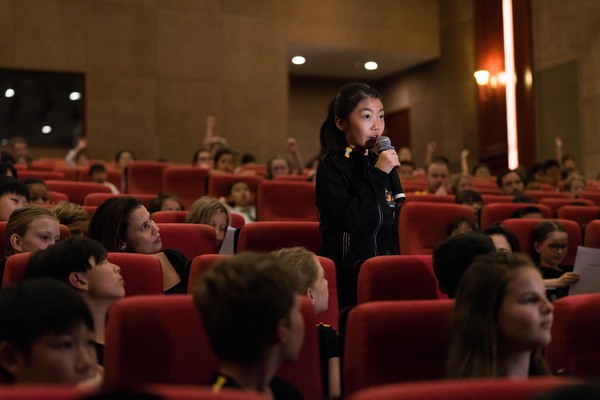 After the journey, pupils from year 5 had the chance to ask Barbara the burning questions that they had carefully considered in previous lessons before her arrival. There were simply too many great ones to include them all, but as the following shortlist of examples will demonstrate, year 5 had clearly thought long and hard about what they wanted to ask:
After the journey, pupils from year 5 had the chance to ask Barbara the burning questions that they had carefully considered in previous lessons before her arrival. There were simply too many great ones to include them all, but as the following shortlist of examples will demonstrate, year 5 had clearly thought long and hard about what they wanted to ask:
- How many minutes did it take you to travel from Earth into space? (Ethan – 5JW)
- When you slept and put the lights off, was it completely dark or was there still a bit of shine coming from the stars? (Ami – 5EK)
- Were any natural disasters happening on Earth, like tornadoes, hurricanes, or thunderstorms when you were in space? (Jorge – 5TL)
- How did the tragedy of the Challenger affect you at the time, and how does it still affect you now? (5JW – Javier)
- Did you take anything with you into space to remind you of home? (Amy – 5MH)
- Did you accept the mission right away or have to think about it first? (Ruby – 5 CH)
- How did you feel while you were launching? (Bea – 5TL)
- Would you ever think of going to space again? (5JW – Laila)
- Was your space suit comfortable or was it really bulky and heavy? (Fabrice – 5MH)
- Is there a time difference in space? (Alex – 5CH)
- How do you drink water in space? (Enming – 5TL)
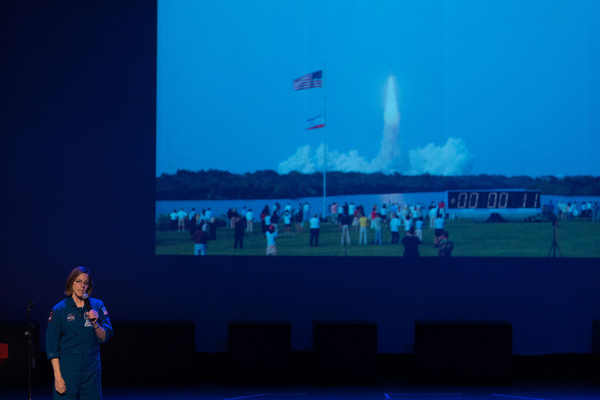 As with her presented part of the lesson, Barbara fielded all of the pupils’ questions in a way that explained the scientific principles and practical challenges involved, without making the process overwhelmingly technical or too simplistic either. Her explanations and examples really brought space to life for them.
The importance of unique learning experiences
As with her presented part of the lesson, Barbara fielded all of the pupils’ questions in a way that explained the scientific principles and practical challenges involved, without making the process overwhelmingly technical or too simplistic either. Her explanations and examples really brought space to life for them.
The importance of unique learning experiences
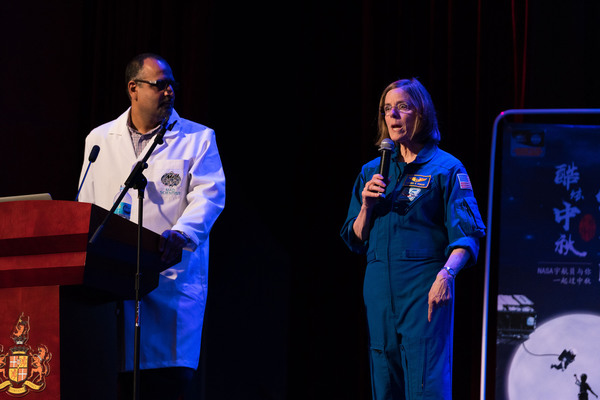 It has been extremely gratifying to see how much of an impact Barbara’s visit made on the pupils. Multiple parents have subsequently written to me saying that this visit was the most memorable, exciting, amazing (I could add plenty more positive adjectives here) thing that their child has experienced so far at school. “They just can’t stop talking about space!” was a recurring comment.
For me, this is perhaps the most valuable part of creating learning experiences like this. As teachers, we want to bring new worlds of possibility to life for our pupils. The most satisfying part of the job isn’t to write good report cards or see great grades being achieved – important though these things are – it’s about bringing the wider world to them so they can explore its possibilities for themselves.
As Barbara herself says:
“Education is so important. Just like exploration, it’s about learning, it’s about exploring, it’s about discovering, it’s about sharing, and it’s about building a future.”
It has been extremely gratifying to see how much of an impact Barbara’s visit made on the pupils. Multiple parents have subsequently written to me saying that this visit was the most memorable, exciting, amazing (I could add plenty more positive adjectives here) thing that their child has experienced so far at school. “They just can’t stop talking about space!” was a recurring comment.
For me, this is perhaps the most valuable part of creating learning experiences like this. As teachers, we want to bring new worlds of possibility to life for our pupils. The most satisfying part of the job isn’t to write good report cards or see great grades being achieved – important though these things are – it’s about bringing the wider world to them so they can explore its possibilities for themselves.
As Barbara herself says:
“Education is so important. Just like exploration, it’s about learning, it’s about exploring, it’s about discovering, it’s about sharing, and it’s about building a future.” Related Articles

Wellington Entrepreneurs Top Diamond Challenge 2 Years in a Row06 Mar 2025
For the second consecutive year, Wellington pupils have clinched top honours at the prestigious Diamond Challenge, an internationally recognised entrepreneurship competition for high school students.
Read More

Wellingtonians receive Top Uni Offers from US, UK & Beyond02 Apr 2025
Joshua BeardDirector of Higher Education & Careers We are once again thrilled to see the amazing offers that this year’s graduating class has received from universities all over the world. With offer
Read More

Feb 25 – New Primary School Open House for 2025-26 entry!11 Feb 2025
Be You. Be A Wellingtonian. Welcome to the home of our Primary School! Please join us for our Open House flagship event on February 25. From performances and presentations to our Subject Heads meet a
Read More










